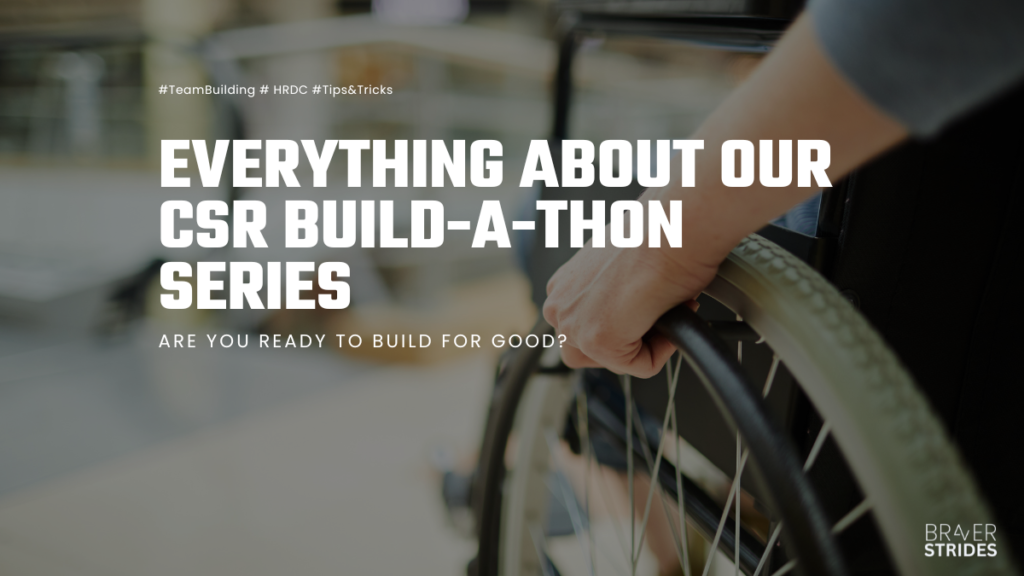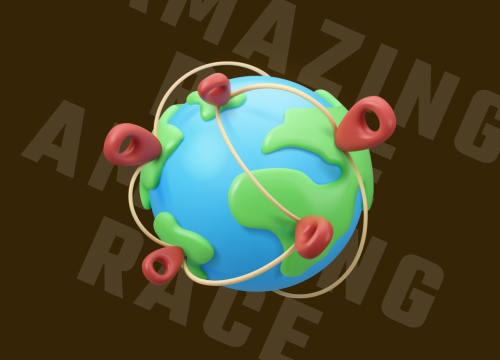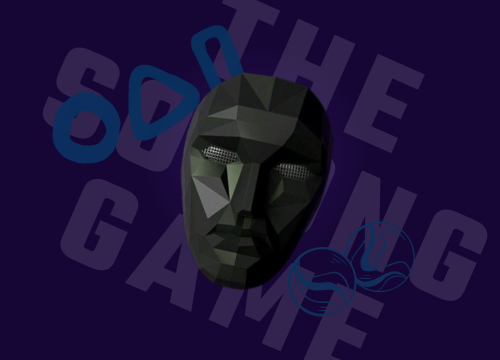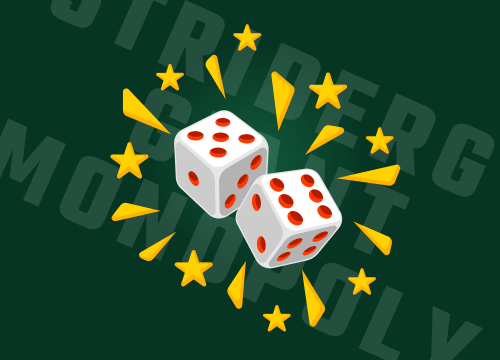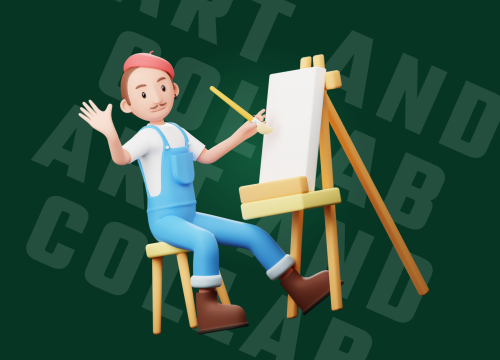(A personal and professional reflection on the quick-fix illusion)
I remember the excitement. We were going off-site, finally tackling those pesky communication issues that kept tripping us up. When morale dropped or communication broke down, booking a session felt like the absolute right move. We were ready for the medicine! We needed that quick fix.
But two weeks after the high-fives faded, I realized something painful: we were just as disconnected as before. Why? Because we thought a few hours of laughter and games would automatically build teamwork. We learned the hard way that our team building was providing temporary smiles, not sustainable engagement. Engagement, as I now understand, doesn’t happen in a day—it must be experienced every day.
Here’s where we went wrong, and why most team building workshops fail to deliver lasting transformation.
Table of Contents
The Surface-Level Success Trap: When High-Fives Become the Only Outcome
We crushed the trust fall; we solved the puzzle where no one could touch the floor. Upon completion, we high-fived and the facilitator asked the usual question: “What did you learn?”.
I guessed the answers before they were spoken: “We needed to plan more!” “We needed more trust!”.
We committed to doing all these things back in the workplace. And yet, nothing changed.
The problem is that our entire approach focused on surface outcomes like laughter, bonding, or excitement. These are valuable, of course, but behavioral science shows they are short-lived. Without continuity and reflection, we were always going to snap back to our old patterns. We treated the event as the destination, when it was merely the beginning of building a healthy team.
We Mistook Tensions for Problems
We thought we could solve our conflicts with a single workshop.
Our biggest mistake was believing we had simple problems that needed simple solutions. We thought we could solve our conflicts with a single workshop.
The reality, which we failed to acknowledge, is that most of the challenges holding teams back are not problems that can be solved, but rather tensions that need to be managed. The workshop we needed should have helped us identify the conflicting values we experience every day.
Instead of offering naive solutions, a useful session would have helped us commit to managing chronic tensions like:
- Planning vs. Action
- Encouragement vs. Critical Analysis
- Centralized Coordination vs. Decentralized Freedom
Because we mistakenly diagnosed our complex challenges as easy fixes, the resulting disappointment led to cynicism, proving H. L. Mencken right: “For every complex problem, there is a solution that is simple, obvious, and wrong”.
We treated team building like medicine intended to fix us. But I now realize that team building isn’t medicine—it’s a mirror.
Our activities revealed how we truly behaved: how people collaborated, how they listened, and how they reacted under pressure. But we never stopped to look at the reflection properly.
When issues arose, we immediately blamed personalities: “She’s too quiet,” or “He’s defensive”. We were focused on people, when the real culprit was the patterns. These thinking patterns—learned reactions shaped by hierarchy, fear, or habit—decide who speaks and who stays silent.
The goal of our “play” should have been to use it as a mirror for work—a safe space to observe, learn, and realign. If what was beneath the surface—the unspoken habits, avoidance, and silences—didn’t change, then no activity could fix how the team truly works.
The Power of Pause: Reflection is the Transformer
The genuine transformation from activity to awareness happened not during the game, but after it. This is the most powerful moment.
We rushed past the reflection phase. We should have paused and asked critical questions to reveal what our culture really is:
- “What helped us work together?”
- “Where did we disconnect?”
- “What do these moments reveal about how we work every day?”
Reflection is what transforms activity into insight. Without it, even our best-planned session simply became entertainment. We needed a skilled facilitator to help us slow down and see not just what happened, but why. This move from managing superficial behavior to building awareness is where work evolves.
The Leader's Absence: Growth is Not Optional
Finally, our leadership didn’t help. True growth belongs to everyone, yet when managers treated team building as a “staff thing,” the implied message was clear: growth is optional.
No program succeeds if leaders stay detached. True impact only happens when leaders join in, showing vulnerability, listening, and reflecting. They must model curiosity instead of control.
Moving forward, we need to apply science and strategy, incorporating concepts like Behavioral Science to reinforce positive habits (like collaboration and accountability) that continue long after the event ends. The future of engagement truly lies in designing experiences, not events, ensuring every interaction is aligned with our organizational goals
Conclusion
We have reached the end of this reflection, and I think we can stop beating ourselves up about past team building failures. The mistake wasn’t scheduling the activity; it was expecting it to be a magic drink—a simple, obvious solution to a complex problem.
The truth is, team building is not useless—it’s just often misused.
Team building, when properly facilitated, is not medicine intended to fix things; it is a mirror. Its purpose is to reflect reality, showing us exactly how we react under pressure, how we collaborate, and how we listen. This reflection reveals what culture really is: how we think, speak, and relate every day.
Team building can open a door to growth.
Team building is a powerful tool to reconnect the people who build our culture every day. But for growth to happen, the team must walk through that door together, guided by leaders who show vulnerability and make it clear that reflection and growth belong to everyone.
Ultimately, the goal isn’t for team building to become our culture, but to use it as a strategic, evidence-based experience to transform how we think and work together. It’s a vital ingredient for organizational health, but it requires discipline and focus to build the necessary elements like trust, commitment, and accountability.
LET'S START PLANNING YOUR NEXT
TEAM BUILDING CSR PROGRAM TRAINING PROGRAM CORPORATE EVENT RETREAT EVENT
SOME OF OUR HRDC CLAIMABLE TEAM BUILDING ACTIVITIES
Mix and match for MEGA fun session!
